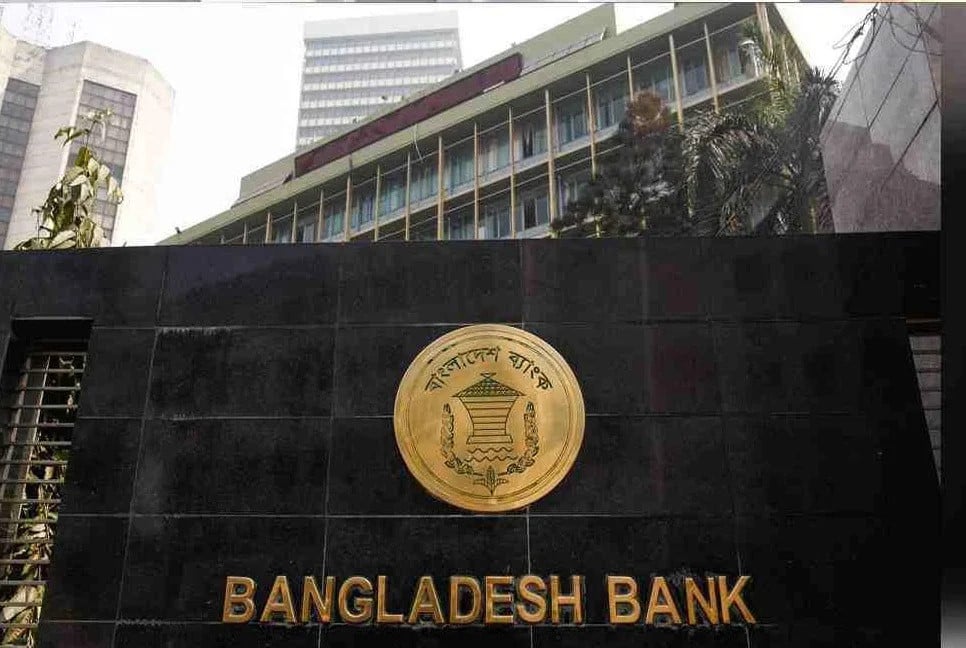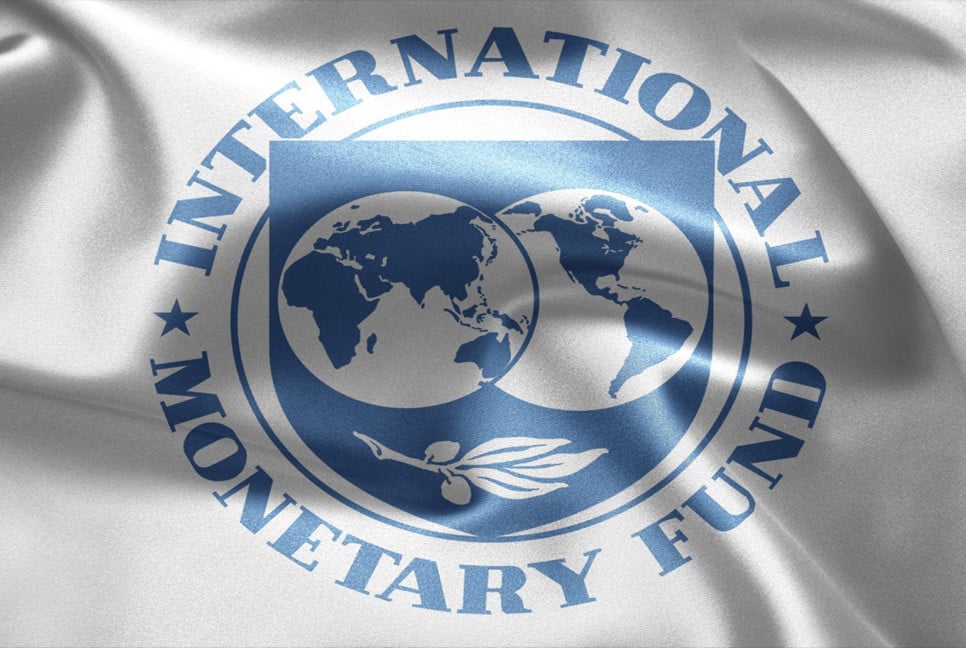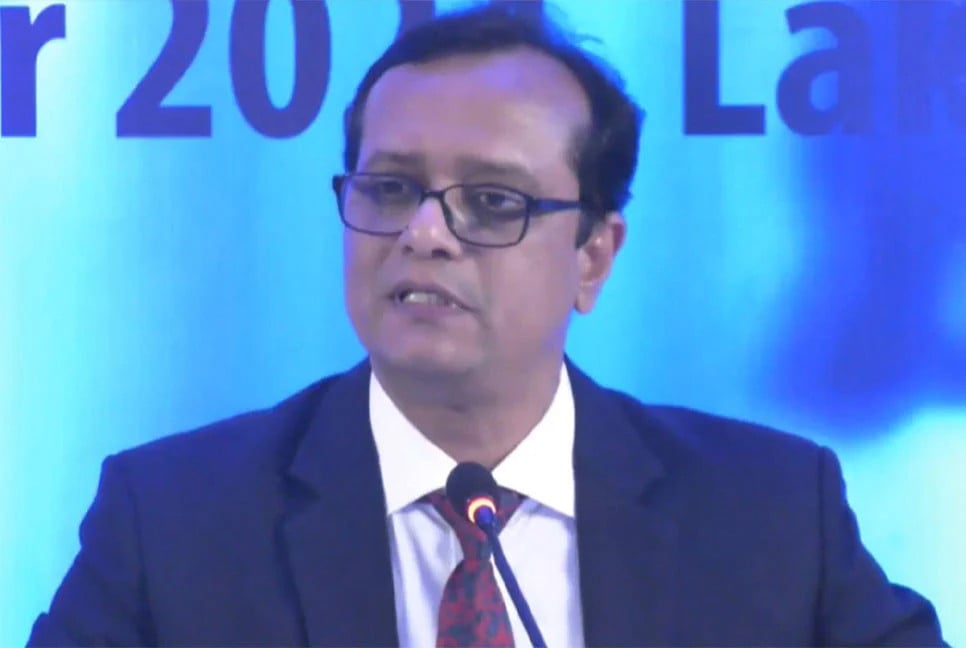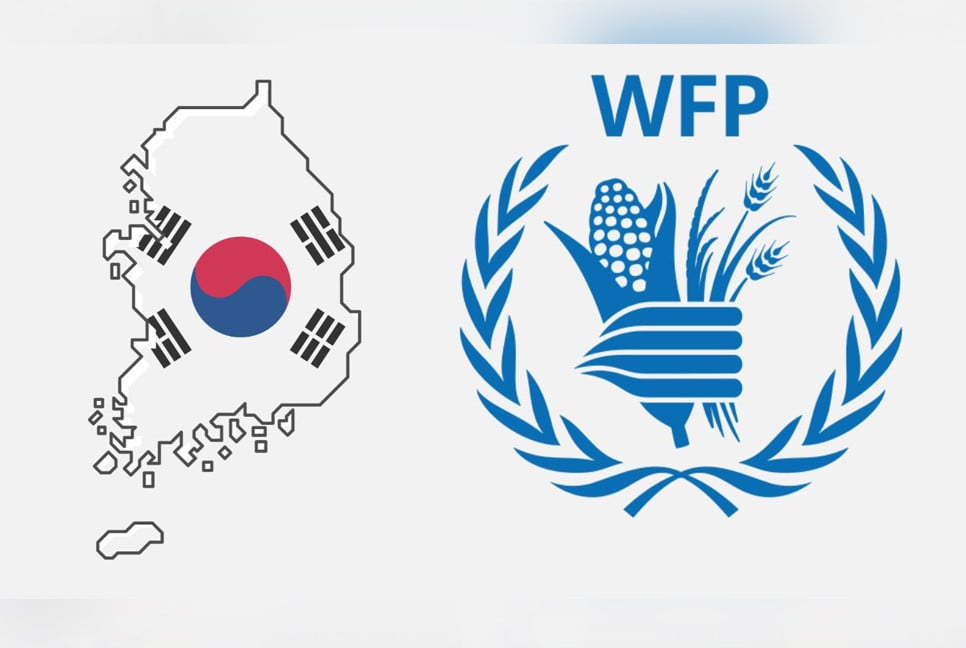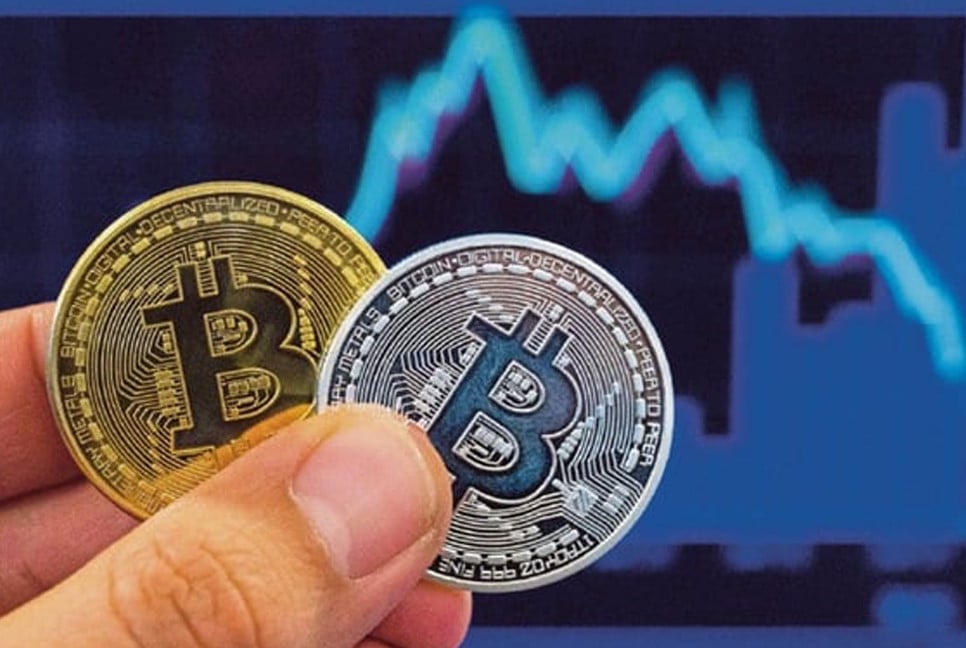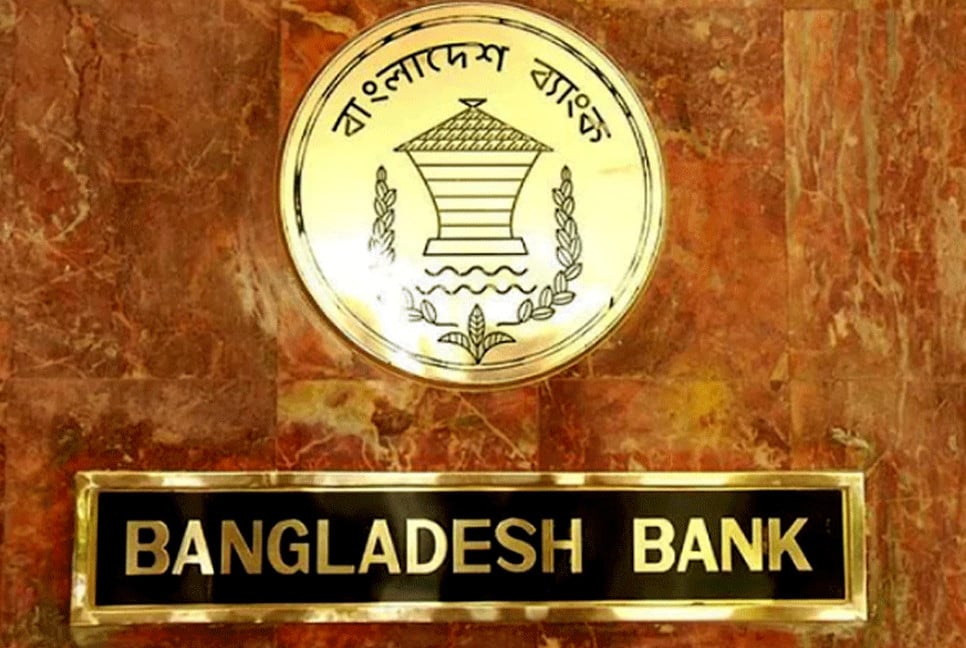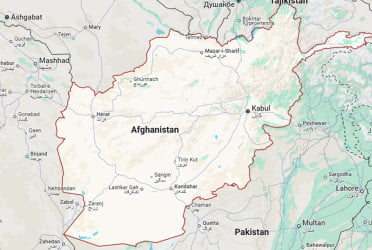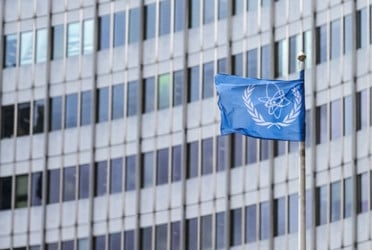In spite of a surge in expatriates opting for formal remittance channels, overall remittance inflows to the country declined by approximately 2.87 per cent during the period of July to December in 2023, as compared to the preceding January-June period, prompting concerns about the health of the remittance sector.
The latest survey from the Bangladesh Bureau of Statistics (BBS) reveals that 93.6 per cent of remittances are currently channeled through formal means, while the ratio was 76.08 per cent in 2013, reports Daily Sun.
The survey, titled “Household Income and Expenditure Survey (HIES) 2022”, reveals diverse channels employed by expatriates for remittance, with banks leading at 77.96 per cent, followed by mobile banking 14.14 per cent, hundi 4.21 per cent, friends 1.58 per cent, Western Union 1.31 per cent, MoneyGram 0.24 per cent, and other methods 4.21 per cent.
In contrast, the 2013 survey depicted a different trend, indicating that expatriate Bangladeshis sent 67.32 per cent of remittances through banks, 10.04 per cent via hundi, 8.5 per cent through friends, 6.87 per cent using Western Union, 4.23 per cent through known persons, 1.65 per cent via MoneyGram, and 1.39 per cent through alternative means.
Although over three million migrant workers left Bangladesh in the last three years, its impact on remittance flow is minimal, it said.
According to Bangladesh Bank, in FY21, Bangladesh received a record $24.77 billion in remittances, but the figure stood at $21.03 billion in FY22, and $21.61 billion in FY23.
In the July-December period of the current fiscal year, the country’s remittance receipts stood at $10.80 billion.
The contradiction between the increasing use of formal channels and the decline in overall remittance inflows raises questions about the underlying factors affecting the remittance sector.
Analysts speculate there may be challenges such as currency exchange rates, economic conditions in destination countries, or other regulatory factors which are influencing the total remittance amounts despite a higher percentage of expatriates opting for formal remittance methods.
Dr Zahid Hussain, former lead economist at the World Bank’s Dhaka office, expresses concerns about the weakened state of formal channels for remittance flows. Despite a monthly outflow of approximately 100,000 workers from Bangladesh, the anticipated increase in remittance flows through formal channels has not materialised.
He noted that expatriates are receiving Tk8-10 more per dollar in informal channels compared to the formal exchange rate.
The decline in formal remittance flows is attributed to factors such as increased demand for dollars in informal channels, a rise in money laundering activities, and the impact of a fixed currency exchange rate introduced in September of the previous year, he observed.
He urged policymakers, financial institutions, and experts to collaborate in identifying and addressing challenges that may be influencing the remittance sector.
bd-pratidin/GR


